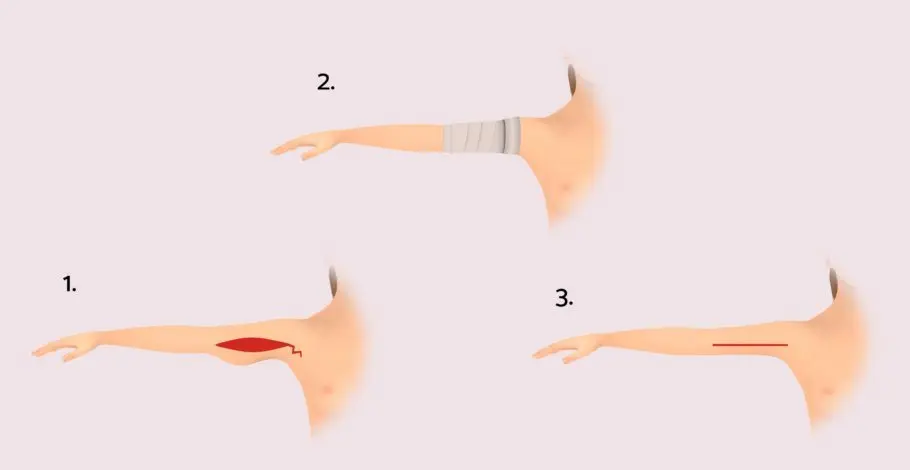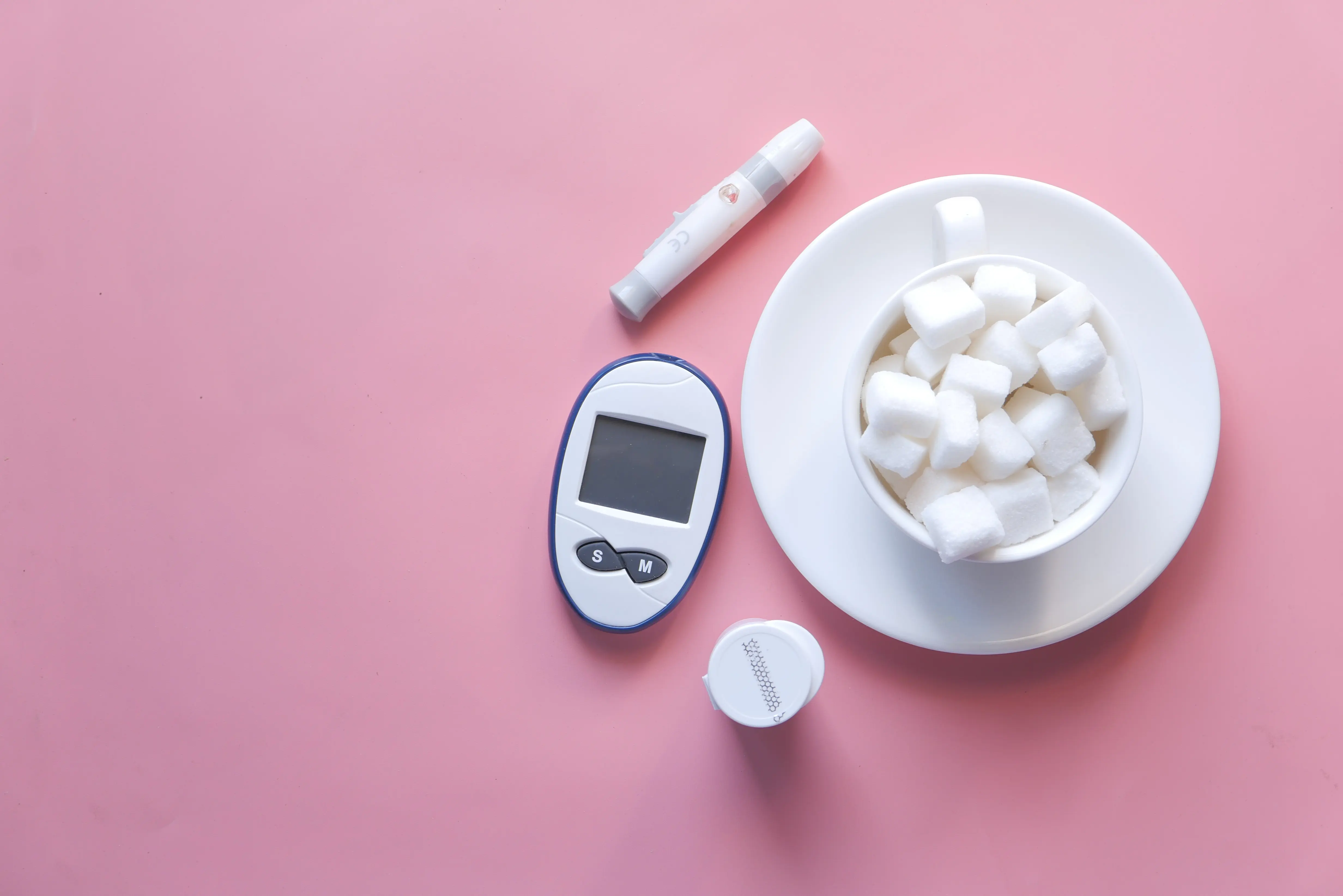Other Treatment Methods

Thigh and upper arm tightening
Diminishing elasticity and muscle mass cause the tissue to sag over the years. A tightening procedure can shape sagging thighs or upper arms. Excess skin along with associated fatty tissue is removed during this process. The procedure can also be combined with liposuction . The doctor will accurately measure the body and draw the necessary incisions on the skin. The scars should later be hidden under clothing. Procedure of tightening upper arms and thighs
Thigh and upper arm tightening are usually performed as inpatient procedures under general anesthesia. In thigh tightening, the skin incision typically runs in a crescent shape from the groin to the buttock fold. Sometimes, an additional incision downward is necessary on the inner side of the thigh. Saggy skin and subcutaneous fat tissue are detached from the muscles and removed. A crescent-shaped or T-shaped seam remains. In upper arm tightening, the surgeon removes a spindle-shaped piece of tissue on the inner side of the upper arm between the armpit and elbow. Sometimes an extension of the incision into the forearm or armpit is necessary.
Risks of tightening thighs and upper arms
Bleeding, bruising, swelling, and
Pain are normal side effects of surgery. Bleeding or fluid accumulation in the tissue may require further treatment. Blood clots in the vessels (thrombosis) rarely form, which can narrow an artery (embolism). Possible complications also include wound healing disorders, infections, or unsightly scars.
After the surgery
After thigh lift surgery, patients must wear a compression garment for eight to ten weeks. During this time, Exercise and exertion should be avoided. After arm lift surgery, a compression bandage is applied, which must be worn for three to four weeks. Recently operated individuals should avoid strenuous activities with their arms for six to eight weeks.
Other Treatment Methods in this Department
Experts for this Treatment Method

- Aesthetic Surgery & Dermatology
Dr. med. Daniel Thome
aesthetic and soul
- Aesthetic Surgery & Dermatology
Dr. med. Peter Neumann
aesthetic and soul
- Aesthetic Surgery & Dermatology
Dr. med. Elisabeth Zott-Schuhmachers
Meine Haut München
- Aesthetic Surgery & Dermatology
Dr. med. Neda Nabavi
Ästhetisch Plastische Chirurgie
- Aesthetic Surgery & Dermatology
Dr. med. Caroline Kim
Praxis für Ästhetische und Plastische Chirurgie
- Aesthetic Surgery & Dermatology
Dr. Dr. med. Wolfgang Funk
Klinik Dr. Funk, Klinik für Ästhetische-, Plastische- und Transgender-ChirurgieAll Experts in this Department
Show All
- Aesthetic Surgery & Dermatology
Dr. med. Anna Brandenburg
Dermatologische Privatpraxis Dr. Anna Brandenburg
- Aesthetic Surgery & Dermatology
Prof. Dr. med. Johannes a. Veit
Nasenchirurgie München
- Aesthetic Surgery & Dermatology
Dr. med. Hanna M. D. Halter
Derma Marienplatz
- Aesthetic Surgery & Dermatology
Dr. med. Anette Zimpfer-Keese
Dres. Zimpfer/Zimpfer-Keese MVZ
- Aesthetic Surgery & Dermatology
Dr. med. Daniel Thome
aesthetic and soul
- Aesthetic Surgery & Dermatology








